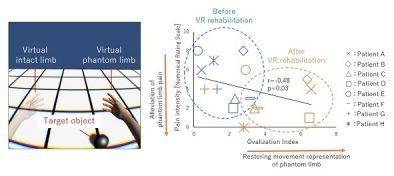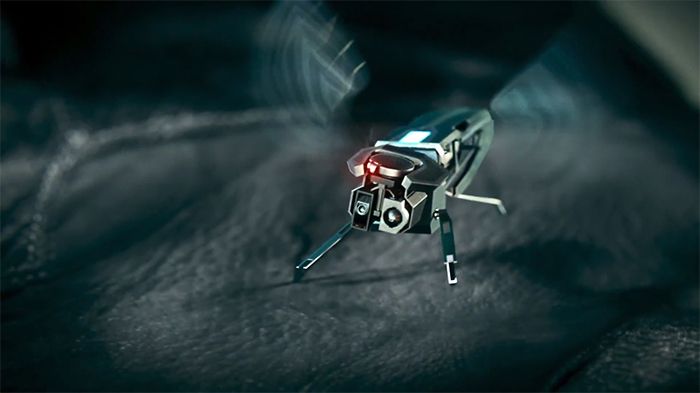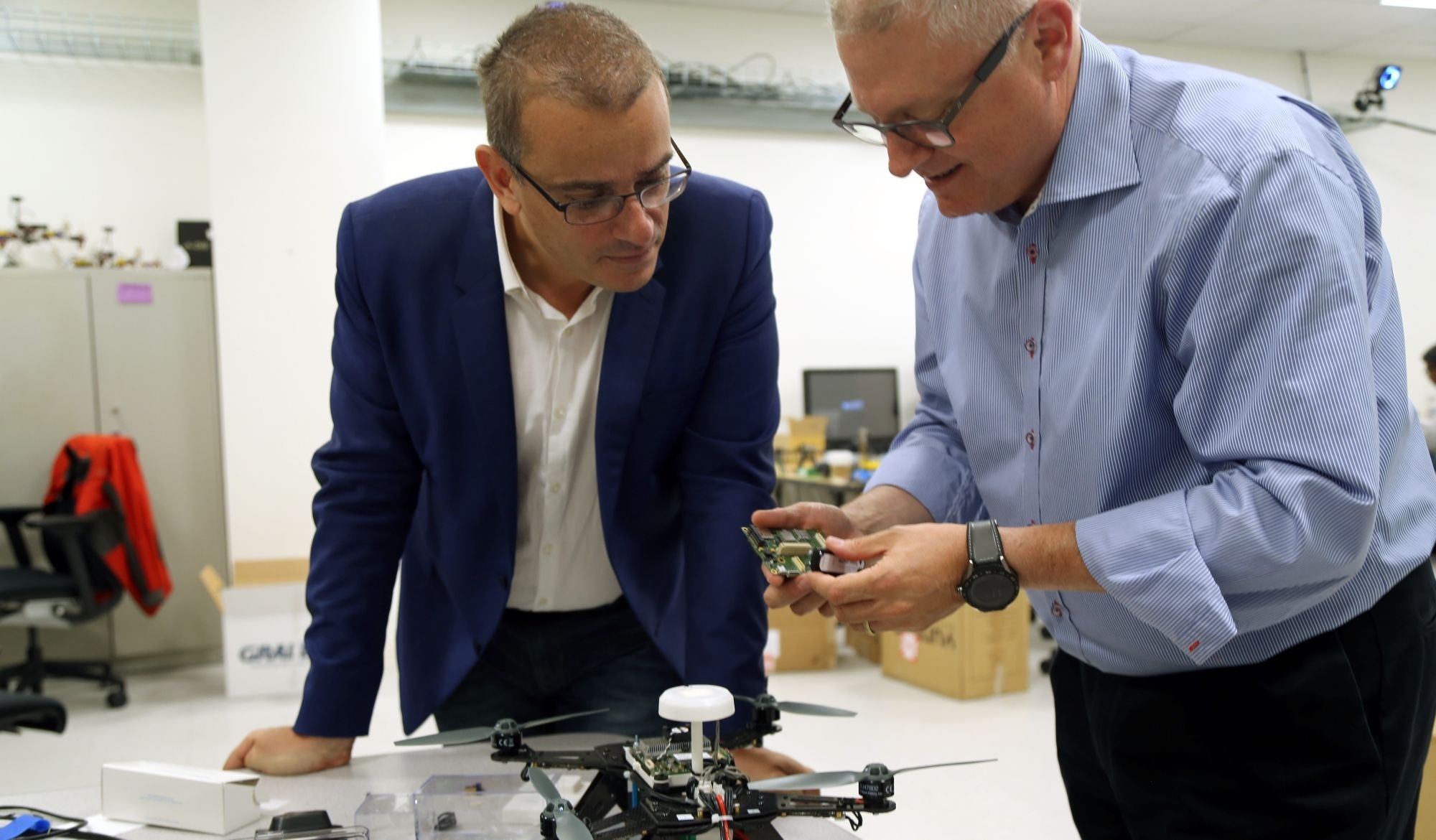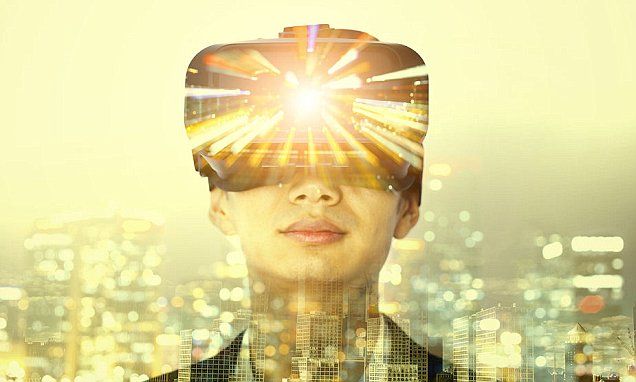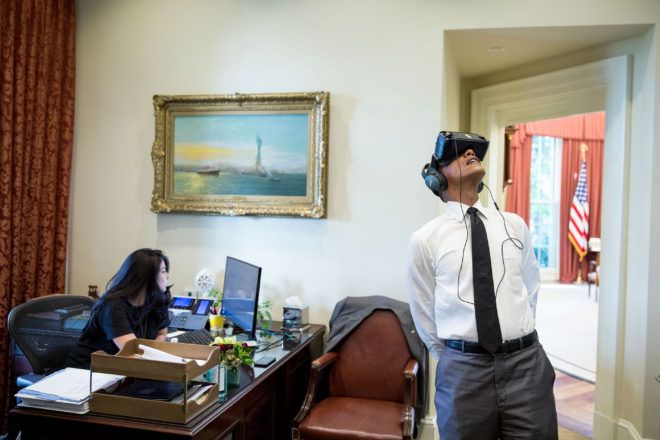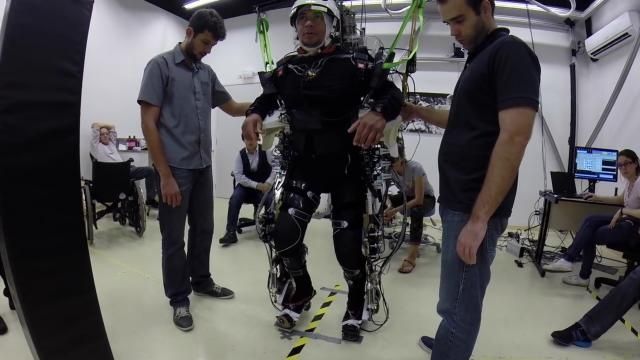Silicon Valley, or the Greater Bay Area, is the 18th largest economy in the world, more than half the size of Canada’s economy and bigger than Switzerland, Saudi Arabia or Turkey. This is because the region has become the world leader in research and development of emerging technologies such as artificial intelligence, robotics, software and virtual reality.
“Software is eating the world,” said Silicon Valley investor Marc Andreessen famously in 2011. It was controversial but prescient.
Five years later, software-driven machines and drones perform surgery, write news stories, compose music, translate, analyze, wage war, guard, listen, speak and entertain. The world’s biggest box office hits — animated films such as “Frozen” or special effects in Hollywood blockbusters like “Star Wars” — are made using software.
